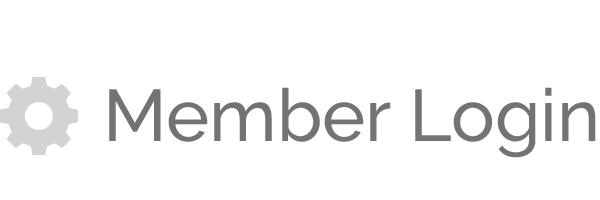The past week has brought conflicting messages about a move towards reponening- if not normal- with an extension of the Maine state of civil emergency (now through May 15) and a plan for opening up America. As our workers file for unemployment in record numbers, many of our businesses are wondering when things will get back to normal. As I write this, protesters are lining up in Augusta, demanding a reopening of our economy. The desire to see our family and friends, recover our livelihoods, and find the stability and familiarity that we crave is understandable.
I would like to introduce to our shared vocabulary “the next normal”. Why do I prefer this to “the new normal”? It reminds us that we have found new normals before, that we are a resilient species who have innovated and adjusted in the past, many, many times. While COVID-19 might call on us to adjust in more significant ways and more rapidly than before- it is helpful to remember the next normals we have already created for our society and our economy. There was a time when people smoked in hospitals and when air travelers kept their shoes on while walking through security checkpoints, neither part of the next normal that was created. There was a time when book reports utilized large encyclopedias, and mail always had a stamp- neither part of our post-internet next normal. Likewise, seeing someone you love or a colleague you need to connect with stationed far away was considered impossible before FaceTime, Zoom, and Skype. Working remote was moving from a contractor norm to employer norm, and has already become the next normal of employers.
So what does the next normal look like, and when will it arrive? Many articles have been written, offering a full spectrum of options. This one from Politico outlines 30+ potential societal changes, while this Forbes article offers 9 concrete changes to the business landscape. This New York Times article outlines the full year ahead in America. The truth about what the next normal looks like- and when it arrives- is far more complex than any of these articles can offer. We cannot focus on the exact time, or the exact shape of our future, but rather must focus our energy on the path to our next normal. This McKinsey & Company article offers the path as 5 stages, variant by industry and geography; where institutions might operate in more than one stage simultaneously.
Resolve, Resilience, Return, Reimagination, and Reform. “Collectively, these five stages represent the imperative of our time: the battle against COVID-19 is one that leaders today must win if we are to find an economically and socially viable path to the next normal”, writes authors Sneader & Singhal. In short, (but seriously, read the article!) these 5 stages will need to be navigated by the leader, employer, and business.
Ask:
- Do you have the Resolve to move through the crisis induced paralysis determine the scale, pace and depth of action required?
- Do you and your company’s balance sheet have the Resilience to recover quickly?
- Are you ready to Return to operations, assuming that your operations don’t look like they did before?
- Have you begun to Reimagine- your workforce needs and environment, your supply or distribution channels, your customer’s behaviour and preferences?
- Are you anticipating the Reform of policies and regulations that history tells us follows events of this scale?
So what do you do now, in this moment? Businesses and leaders that will navigate this upheaval successfully will follow a path like the one offered above, and won’t wait for the success of their peers to crowd the marketplace or determine the future.
Actions you can take, this week:
- Get a plan-ahead team. It’s hard to plan ahead when you are responding to the current crisis. You alone can’t do it all- so get a team. If your operation is large enough to get a full team in-house, great!
- Connect with your peers. Review information from your industry specific communications, doing research on trends, new protocols, and what is around the corner.
- Lean on the LA Metro Chamber. We are here for you, and are able to help you connect to your peers, pull down or clarify information from associations and state offices. Just ask.
- Advocate, right now. Engage your elected officials, ensuring they know about impacts to your industry and business. Enlist us, making sure we know what your position is.
- Connect with your customers and key business relationships. They need to hear from you- share your support (not your disinfecting method, again).
- Connect with your employees. Communicate clearly and often, these tips might help. This includes folks you have temporarily laid off- and want to keep.
- Take a deeper dive into strategy. If you are up for it, this compendium of resources focuses on Strategic Thinking in a Long Term Crisis, curated by LA Metro’s own member Up With Community.
- Tell Us About Your Experience– take the short survey to help us find the best resources, content and ways to support you.
Be on the lookout for Part 3 in our series, Local Context for a Local Economy. If you missed it, read Part 1: On the Ground Observations. As always, reach out directly to shanna@lametrochamber.com.






